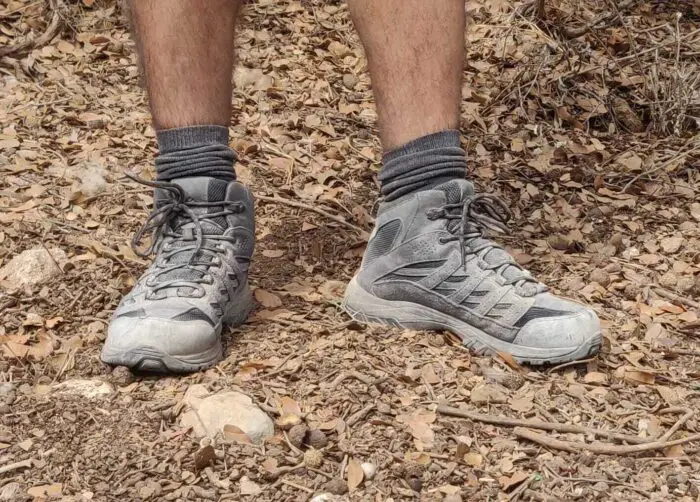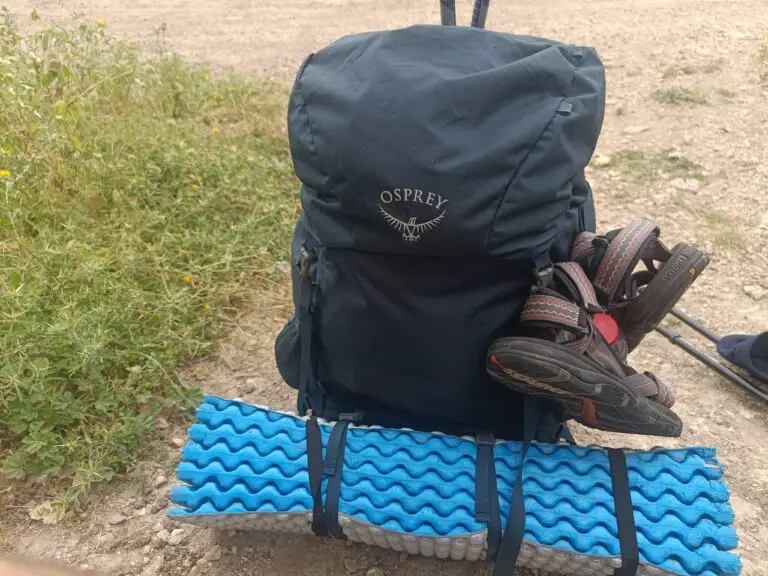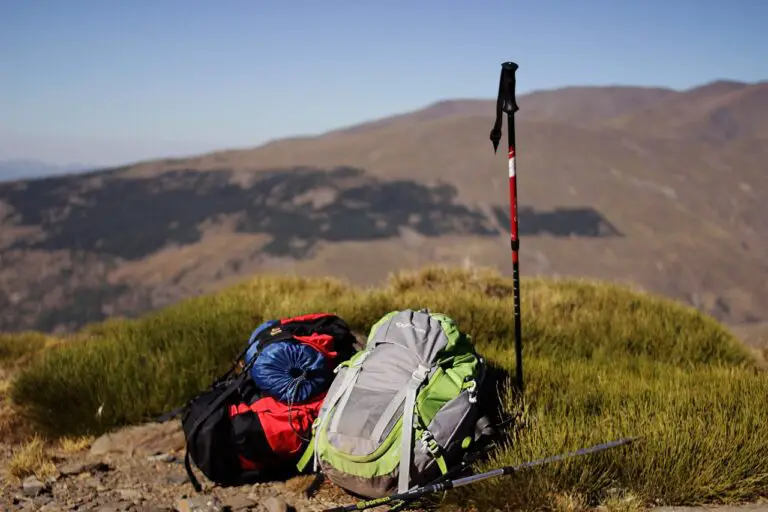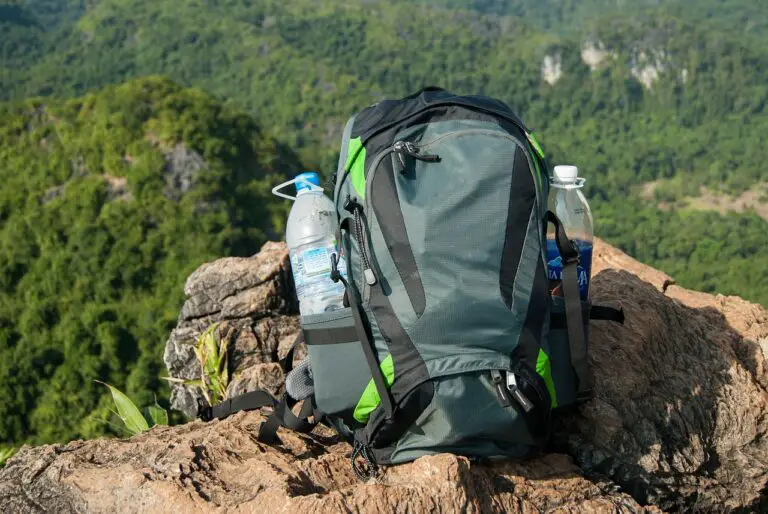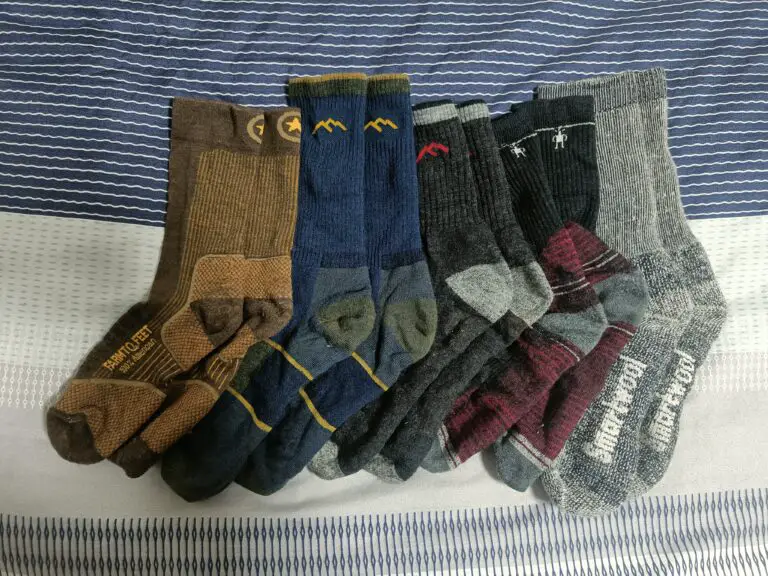Columbia Crestwood Mid Hands-On Review
I recently purchased the Columbia Crestwood Mid Waterproof shoes and used them throughout multiple hikes. I’ll discuss my thoughts on the boots in this post and evaluate them based on a variety of standards.
Things I Love:
- Comfort – the shoes are very comfortable, the padding is good and they don’t need to be broken in.
- Waterproofing – the shoes are relatively waterproof.
- Weight – the shoes are very light compared to alternatives.
Things I Don’t Love:
- Breathability – the shoes are not very breathable.
Key Takeaways:
The shoes are light and comfortable, and they provide sufficient ankle support. They are not particularly breathable, but they are waterproof.
Who Should Buy This Product?
Columbia Crestwood Mid is a decent choice for male and female, novice to intermediate hikers that tend to trek in warm climates and in reasonably simple terrain.
Let’s now look at the different review aspects for the shoes, and see specifically how it does.
This post contains affiliate links, which earn the website a small commission on every purchase, at no additional cost to the buyer.
Comfort
I used the shoes on several hikes of various lengths to gauge their comfort (day trips and multiple-day treks).
I also wore them before in my day-to-day, to see if they need to be broken in, and see how they are in these normal scenarios. I changed the insoles in the shoes for ones that fit my flat feet, and the insoles fit perfectly.
The Columbia Crestwood Mid features substantial cushioning on the sides and is rather comfy. They didn’t even need to be broken in; I could have started using them for trekking straight away.
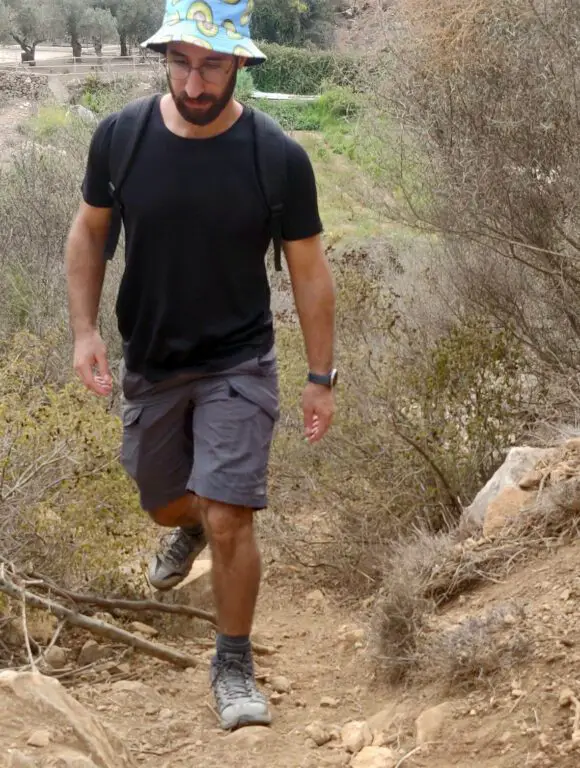
After a few days of trekking, I did develop a blister, but I think it’s due to the way my foot was positioned in the sock, and not because of the shoes. I didn’t have these issues on earlier trips.
Weight
According to the specifications, the shoes weigh 14.5 oz (412 grams). I used a cheap kitchen scale to weigh the shoes and discovered that they weigh about 430 grams, or 15.3 oz, which is quite close to the specifications.
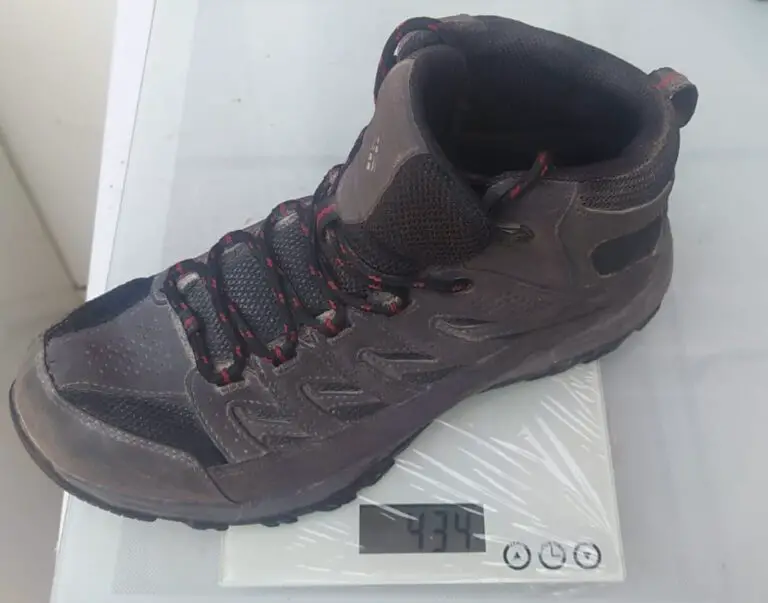
Relatively, this is a very light shoe. Most hiking shoes are between 2 lbs and 3 lbs. Light shoes will tire you less over time, making hiking trips much easier on your legs((Jones, B. H., Toner, M. M., Daniels, W. L., & Knapik, J. J. (1984). The energy cost and heart-rate response of trained and untrained subjects walking and running in shoes and boots. Ergonomics, 27(8), 895-902.)). As the saying goes, “A pound off your shoes equals five pounds off your back”.
In my opinion, the weight of these shoes is a significant benefit. They don’t weigh much more than the typical runner. The weight of the shoes allowed me to hike farther and with less fatigue compared to other shoes.
Ankle support
These are “mid” style shoes, meaning they’re relatively high but not as high as other boots. I think ankle support is very important for protecting your feet when hiking.
Prior to testing the Mid model, I tried the Columbia Crestwood model. I believe the ankle support provided by the Mid model is far superior to the Standard model.
I believe the ankle support in these shoes was enough for me based on my treks, but I do believe taller shoes would have offered even more support. For trails and standard hikes, they should be fine, but if you’re going on extremely rough terrain you’ll need better ankle supporting shoes.
Traction & grip
While I used the shoes on the hikes, we went on uneven terrain and walked uphill and downhill quite a bit. I thought the shoe’s traction and grip were pretty decent when I was hiking, which let me move about with confidence.
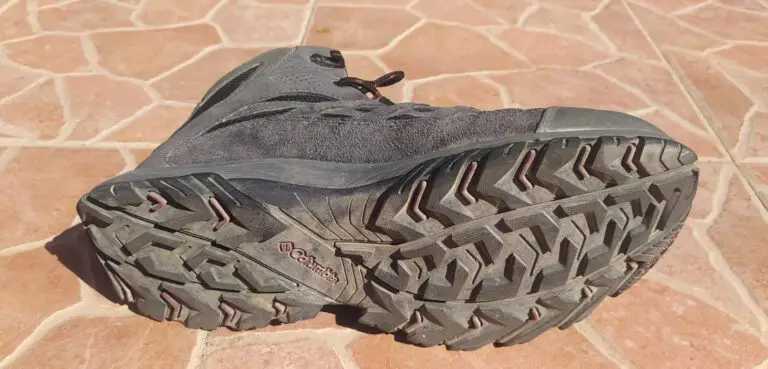
For the majority of novice hikers who are hiking on trails and moderately tough terrain, I believe the traction of these shoes will be sufficient. They’ll probably struggle on really slippery or difficult terrain, in my opinion.
The soles themselves provide good underfoot protection for various terrains, but you can still feel what you’re walking on. The soles are flexible in the front and stiff from mid to back.
Breathability
While the shoes are relatively breathable, it’s nothing quite like wearing running shoes. The added waterproofing layer does affect the breathability of the shoe, and you can feel it.
During the hikes, I didn’t feel too much sweat accumulation in the shoe, but I did feel I needed to air my feel out from time to time.
I usually trek in warm climate areas, so I spend some of the time with shoes and some with sandals. I think in similar scenarios and in short hikes, the shoes will be completely fine. For long treks, I feel one should consider more breathable shoes.
When I did use the shoes in my normal routine, they felt mostly fine. I did have the experience of feeling too hot in the shoes once and seriously considered taking them off. I didn’t have this problem on hikes.
Waterproofing
As the shoes are rated waterproof, you should be able to walk on shallow water with them. As they’re mid-height shoes, water can still get in from above the shoe, so the water you’re walking on can’t be very deep.
To test how waterproof the shoes are, I weighed them before and after placing them in a shallow tub of water for 20 seconds. Any additional weight is due to added water in the shoe.
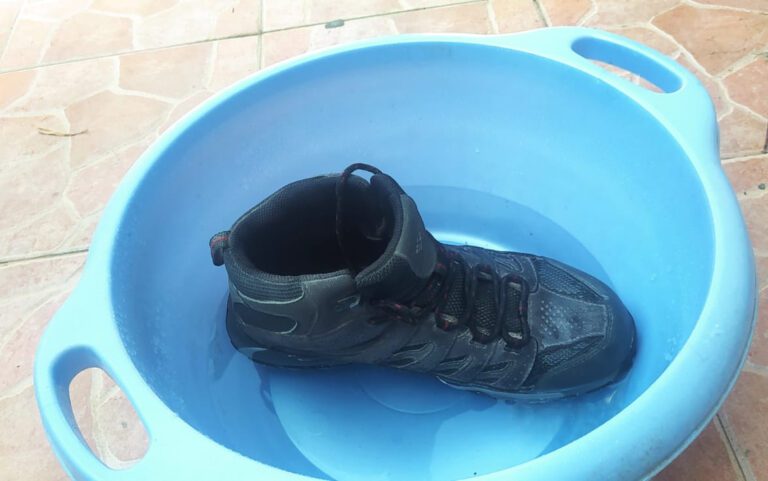
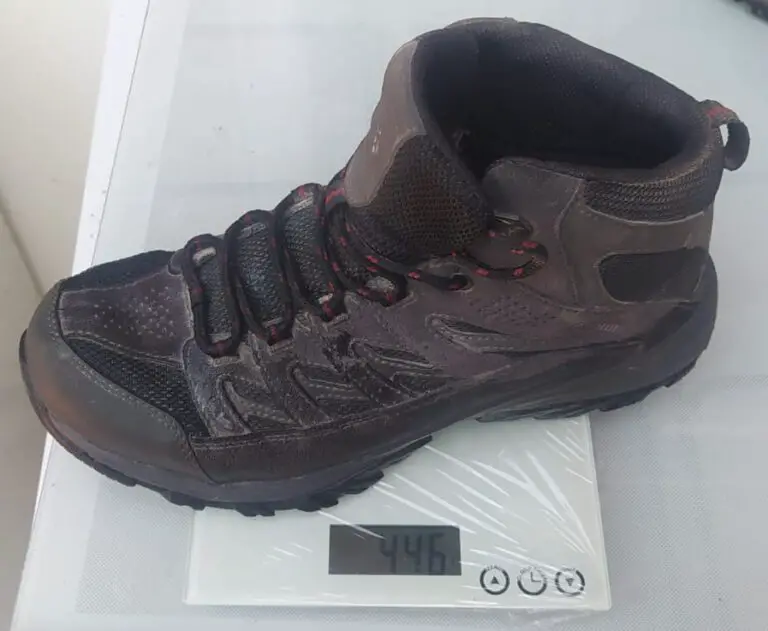
It seems the outside of the shoe did soak some minimal amount of water, but no water got inside (I also checked the inside of the shoe for moisture and they felt dry).
Based on the conditions of this test, you can confidently walk on shallow water with these shoes, without fear of water getting inside.
Conclusions
After testing the shoes while hiking, and performing the additional tests I’ve listed in this post, I think they’re a decent choice for most beginner hikers. They come in male and female models.
For very extreme hikes, in very rough terrain or temperature range, I don’t think they’ll do. But for most hobbyists, I think they can be a good fit. I’ll keep using them in my hikes.
I hope you’ve found this review helpful, and that you’ll now be able to make an informed decision.

